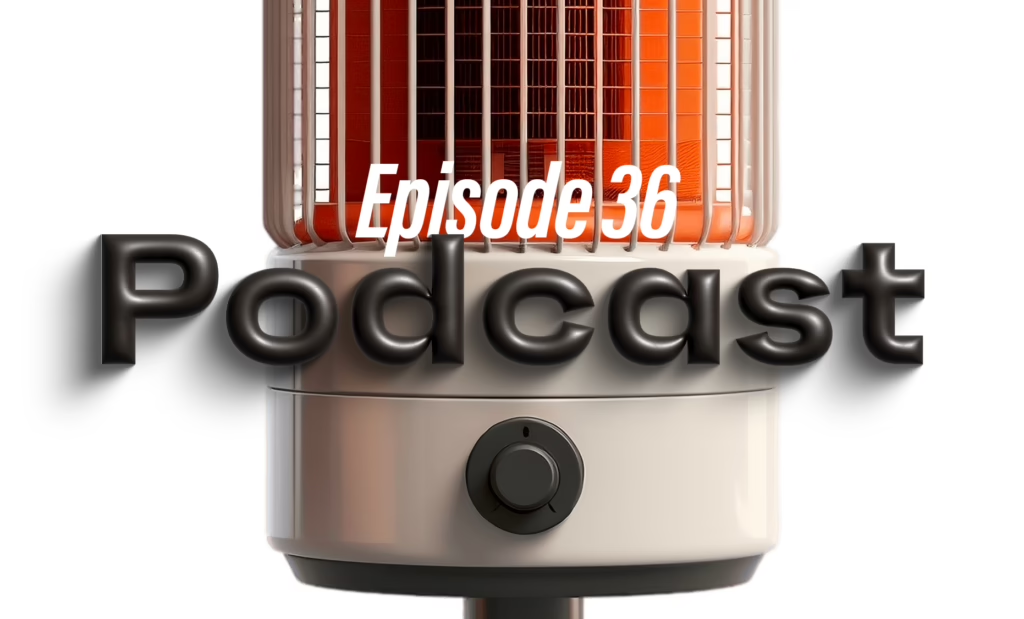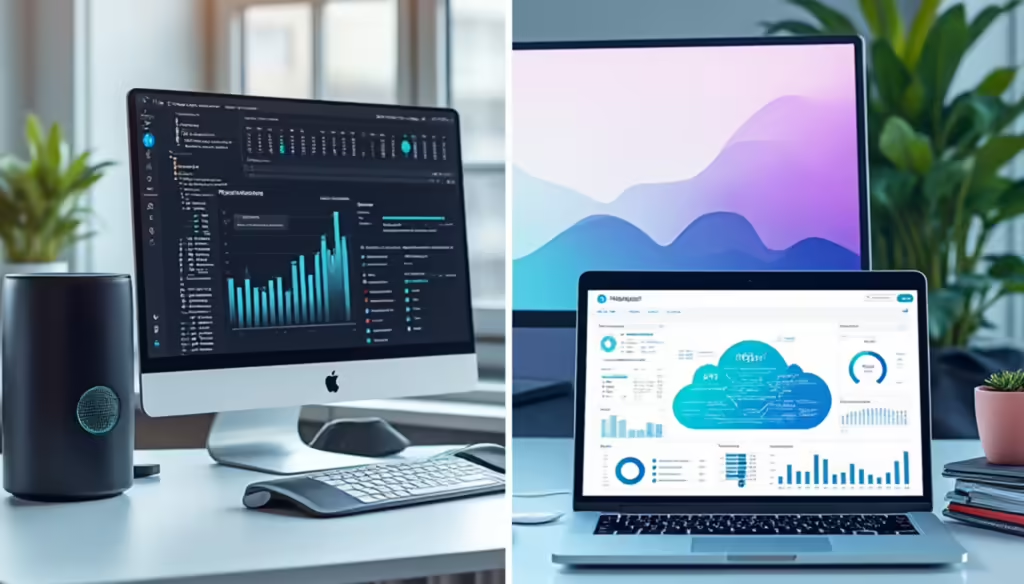With Laurier Mandin and Justin Jackson
Part 1 of 2: Justin Jackson thinks about product launches and marketing a lot, because he doesn’t accept conventional wisdom; he’s a keen observer of both brand and consumer behaviours. Justin says rather than trying to get the market to find your product, you need to take your product to a market that’s ready, eager—and sizeable.
A little research into “Product Marketing” and the name Justin Jackson will show up, a lot. Whether he’s running his podcasting platform Transistor.fm, his bootstrapper community MegaMaker, writing his blog, juggling multiple podcasts and Twitter accounts while being daddy to his four kids, Justin Jackson is remarkably prolific.
Justin thinks about product launches and marketing endlessly, because he doesn’t accept conventional wisdom; he’s a keen observer of both brand and consumer behaviours. Justin says rather than trying to get the market to find your product, you need to take your product to a market that’s ready, eager—and sizeable. The discussion covers a lot of ground, but it’s tightly focused on making consumers aware of products. This the first of our two-part conversation with Justin Jackson.
The MegaMaker community for bootstrappers: megamaker.co





